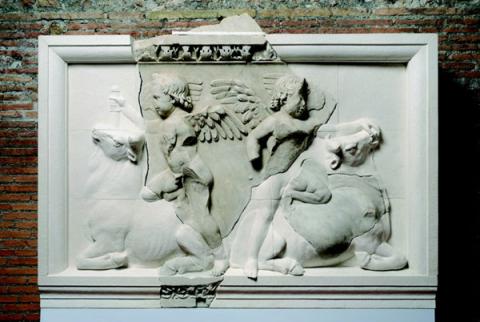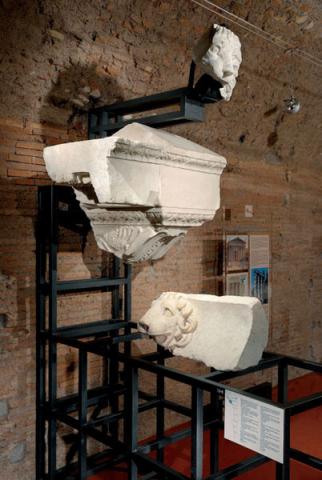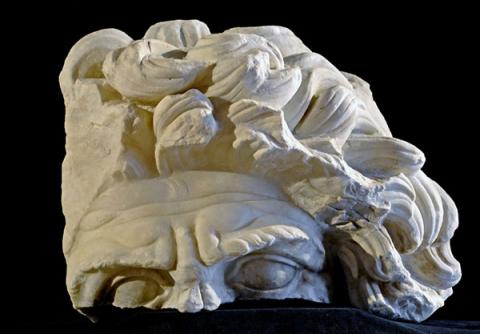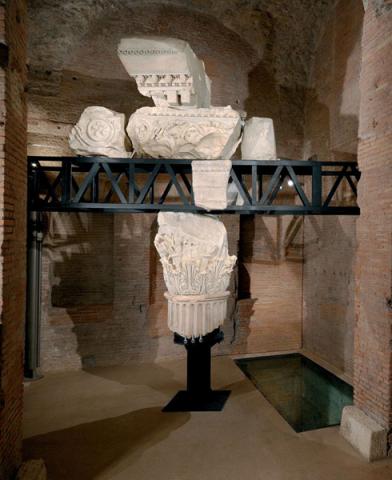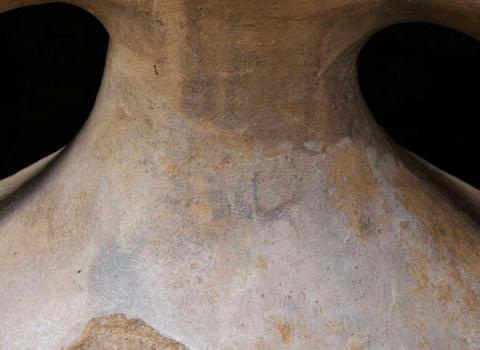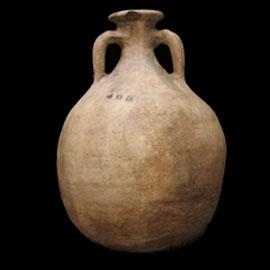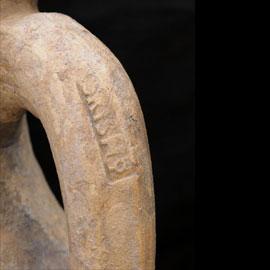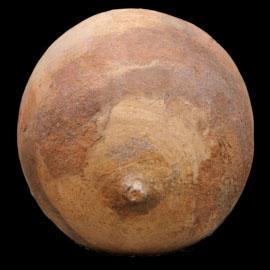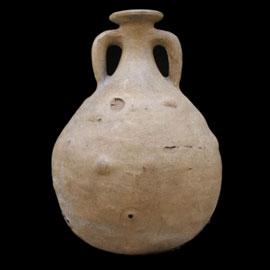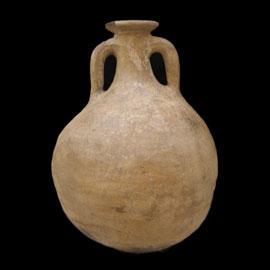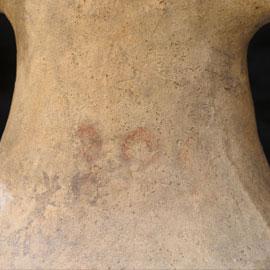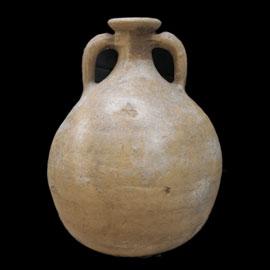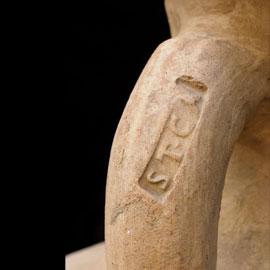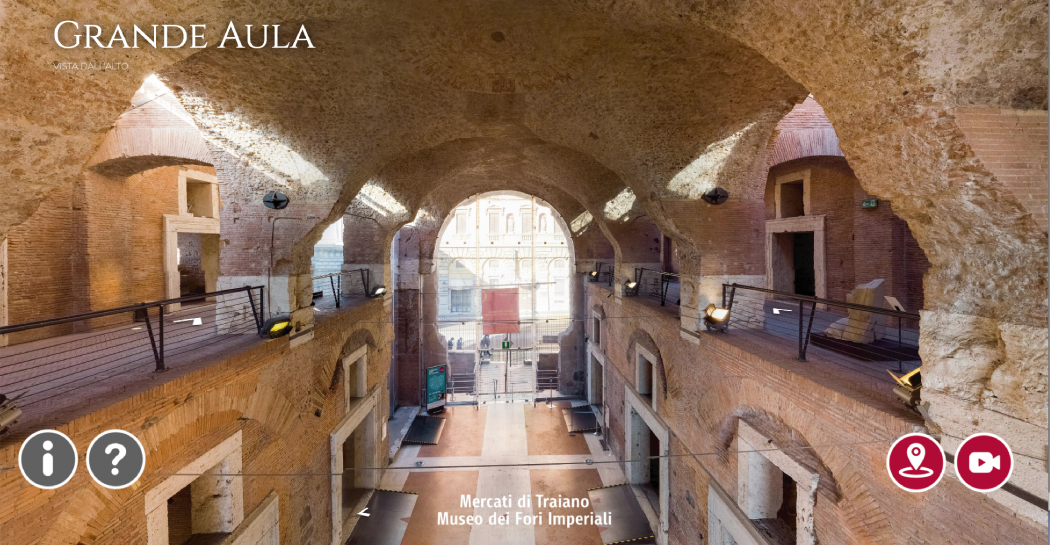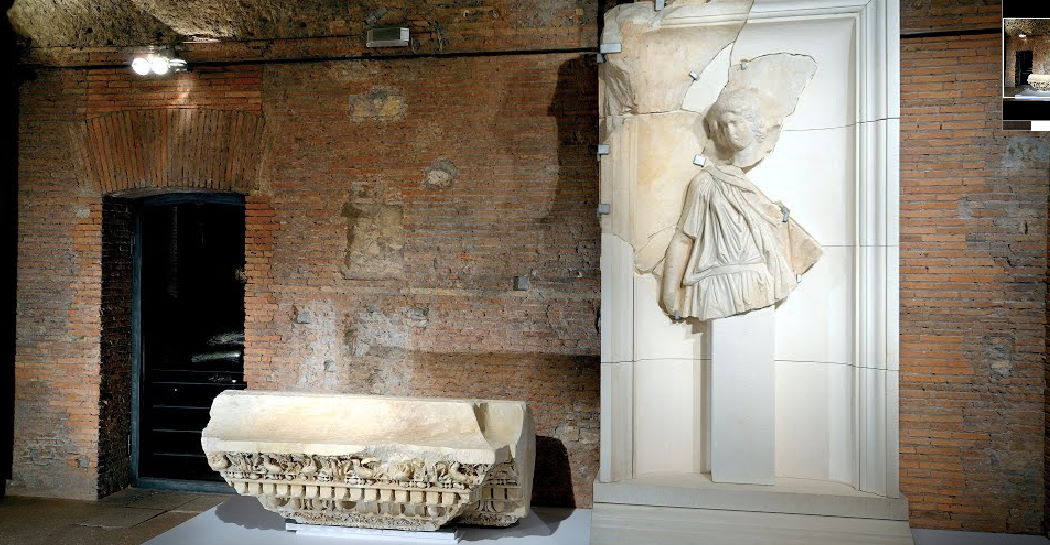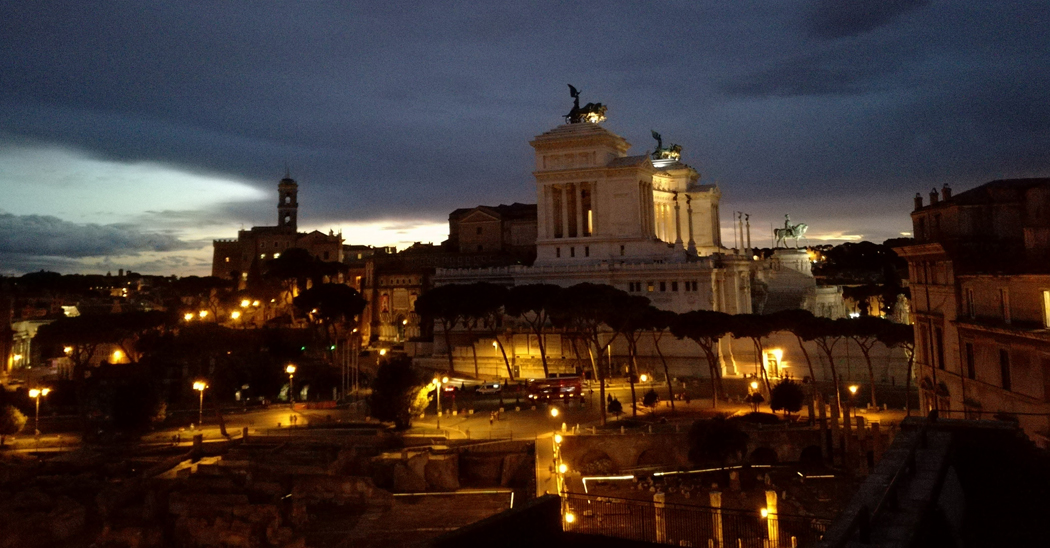Restoration of the "Dressel 20" amphoras
Five “Dressel 20” type amphoras from the Roman Era were specially restored for the “HADRIAN: EMPIRE AND CONFLICT” exhibition at London's British Museum (24 July - 26 October 2008).
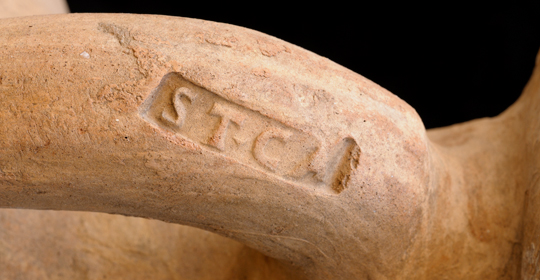
The “pots” were originally made with a special mix of impure clay (rich in, amongst other things, quartz, mica, sulphides and iron oxides), but during the firing process, the parts of the amphoras where these particles had accumulated swelled up, weakening the sides of the amphoras in the process.
In 1879, H. Dressel wrote about the moment in 1878 when the amphoras were first uncovered saying, “they were lying in the ground, each touching another, with between three and six of them piled on top of each other and all, except one, were upside-down”.
Initially designed and used as containers, they had later been reused to fill this piece of land and improve its drainage.
Their upside down position, together with the purpose for which they had been recycled, had resulted in the formation of calcium carbonate deposits, caused by the dampness of the subsoil, which meant that over time, the condition of the pottery began to deteriorate and the elements in the clay had leached to the surface.
The accumulation of stagnating water underneath the amphoras also caused a degree of flaking, weakening the sides still further and in some cases, the problem was serious enough to result in holes.
All the amphoras were in similar state of conservation and they were stored in a room in Trajan's market for a long time before the recent restoration work was carried out.
For the amphoras to be properly assessed, the overall fragility of the pots needed to be addressed, the deposits of impurities and atmospheric particulates on their surface removed and the parts of the pots that were crumbling away or cracked had to be reinforced.
One noteworthy outcome of the cleaning operation was the discovery of tituli picti – commercial inscriptions that give details of the origin, destination and type of product – made in this case with a dark pigment.
Previously hidden by the surface deposits and carbonate incrustations, these original notations re-appeared as clearly as the day they had been inscribed.
Major restoration projects connected to this monumental complex have been underway for several years now and ultimately led to the opening of the Museum of the Imperial Fora in October 2007. The restoration of the amphoras is testament to the City Council's on-going commitment to promote appreciation and awareness of Rome's cultural heritage.


























